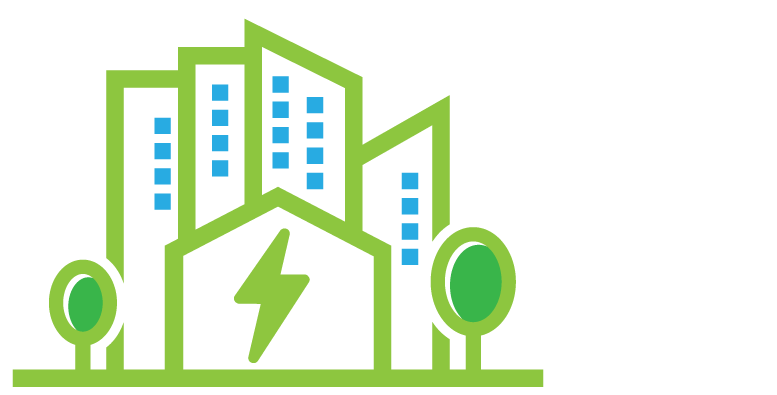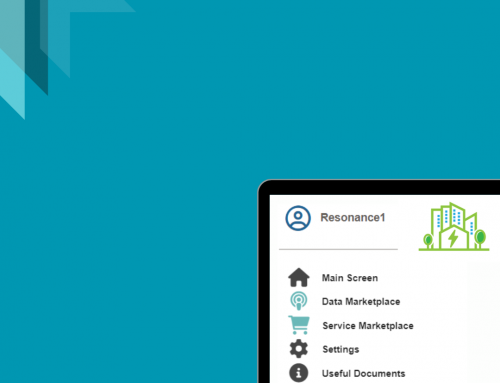Master’s thesis 2025 by Niko Määttänen, LUT University, School of Energy Systems, Electrical Engineering. Link: https://lutpub.lut.fi/handle/10024/169234
Abstract:
This research is focusing on the energy service company’s perspective on the potential of electrical energy demand response in office and commercial buildings. The goal of this research is to find which factors affect the building owner’s motivation to participate in demand response services. Therefore, another goal of this research is to study which technical building systems have flexible consumption for the use of demand response service. This flexible consumption definition is based on calculation, and the focusing area of the building systems is lighting and ventilation.
Finnish Energy Authority’s consumption profiles and the Fingrid Oyj’s consumption data are used in this research for the source material. Standard for Lighting of work places SFS-EN12464-1:2021 is used for the lighting system’s parameters and Finnish Building Code collection D2 for the ventilation system specification. Electrical energy consumption for these technical building systems is calculated with RT Building information RakMK-103174’s equation for determination consumption of the lighting and ventilation system.
An analysis tool is the centre of this study, and it is based on the introduced source material and consumption calculation specifications. With the tool, the energy service company can introduce visually the potential of the demand response participation details and highlight the financial calculation to improve the motivation from the building owner’s perspective.
Simulation results show that the financial perspective is a good source for motivation. Still, it is important to understand the main duties of lighting and ventilation systems. These systems need to fulfil the responsibilities of the building environment and after that the flexible consumption can be used for the demand response services.





